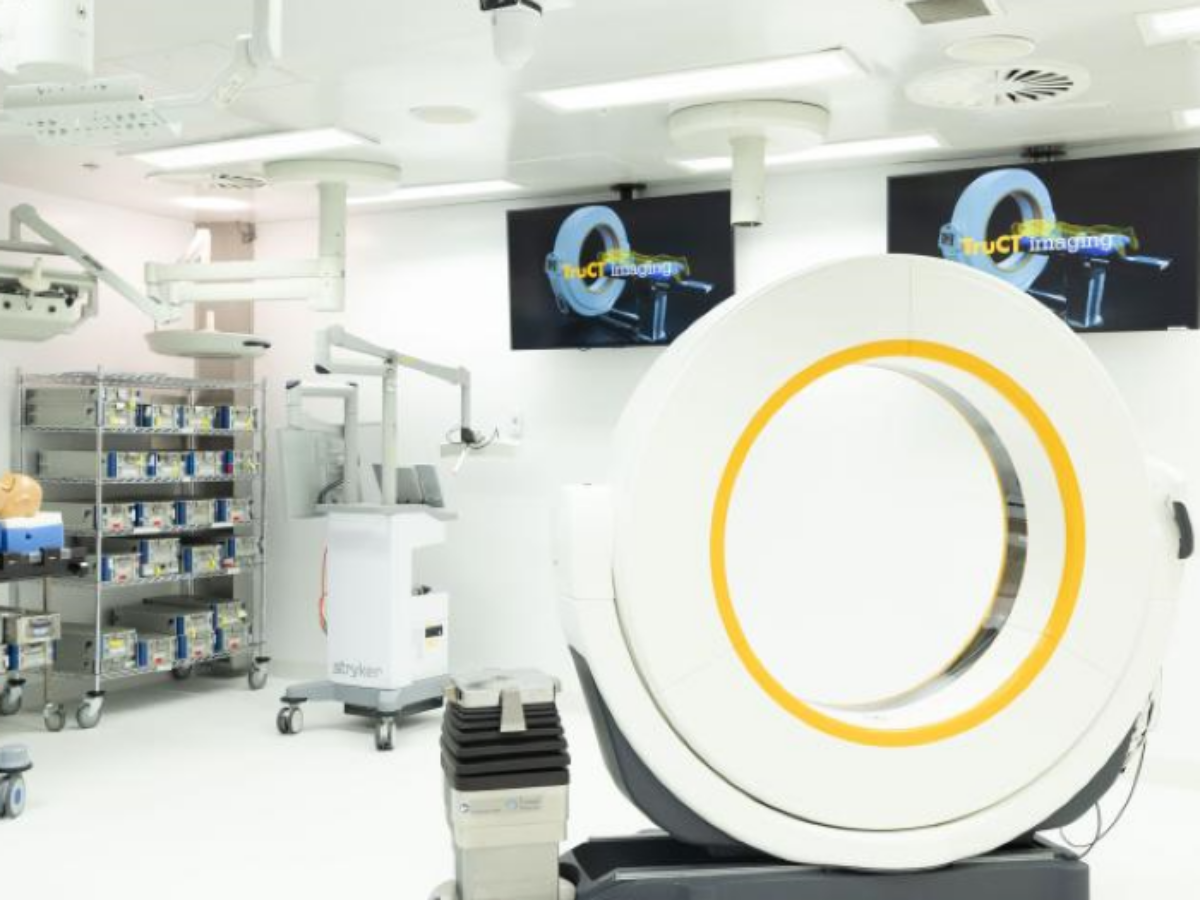UTS supports medical device commercialisation

Sydney’s UTS Business School is pioneering a new research methodology that supports commercialisation of technology locally by building a value proposition and business case based on end-user experience.
The school has worked with global medical technology company Stryker since 2017, applying the methodology which researcher Dr Katrina Skellern said made a robust business case for commercialisation.
While companies routinely conduct market research after a new technology is developed, researchers at the UTS Business School explored stakeholder needs and how Stryker could address them from the beginning of this project.
Adjunct Research Fellow Dr Skellern said: “Product development is usually very tech-focused – it looks at the value of the technology and whether it meets a clinical need.
“But by partnering with UTS Business School, Stryker brought a different lens to their product development mindset through the application of a new methodology that highlighted the perspective of the value proposition for the customer.”
Stryker is a global healthcare technology company and a local manufacturer.
During the Covid-19 pandemic the company, backed by the Advanced Manufacturing Growth Centre, rushed its emergency Relief hospital bed into production.
The new research methodology was developed by UTS, the Innovative Manufacturing Cooperative Research Centre (IMCRC), Stryker, and four Australian universities and St Vincent’s Hospital, Melbourne, to develop ‘just-in-time’ (JIT) patient-specific implants for sarcoma patients.
JIT implants are customised bone implants made in the hospital through a combination of 3D printing, robotic surgery and advanced manufacturing.
The aim is to significantly improve outcomes for sarcoma patients by reducing the time it takes to manufacture implants off-site and removing the risk the implant will not be appropriate for the patient.
Dr Skellern said: “We looked at the project through a commercial lens for Stryker, but also from the point of view of the hospital, the health system, the potential economic impact and the regulatory framework – all of the potential challenges the company might need to consider.”
JIT technology holds promise internationally but has yet to be implemented in any clinical service in Australia because there is generally no business readiness in hospitals to develop JIT manufacturing capability.
The Business School researchers started by mapping the entire journey of each stakeholder, including industry, government, non-government, health, community advocacy and universities, to identify gaps and what value Stryker could add.
Over five years, UTS researchers investigated the market opportunity, identified the value proposition, and found process efficiencies, using theoretical business methodologies that commercial companies do not traditionally use.
The UTS researchers identified that there was no need to manufacture each implant within five hours in the operating theatre, as the developers had suggested, and that a seven-day turnaround was what the Australian health system required.
The developers then pivoted the project to make the implants deliverable within seven days.
The researchers went on to work with Stryker as the company developed a new R&D Lab in Australia.
Stryker’s R&D Lab will focus on digital health, robotics, enabling technologies and advanced manufacturing research, and will bring its new patient-centric focus to all that it does.
Picture: UTS/A Stryker Aero CT scan
Topics Medtech R&D Stryker Technology
@aumanufacturing Sections
Analysis and Commentary Awards Defence Manufacturing News Podcast Technology Videos










